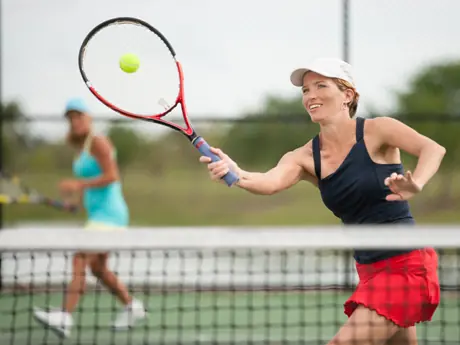
If you could choose anyone to have as your doubles partner who would you choose? Take a minute before you pop that email over to Switzerland to see if Roger Federer is up for it. He might not be right for you!
You can't just choose a partner because they are a good player, even if they are Roger Federer.
You need a partner who complements your qualities both as a tennis player and a person; a player who brings balance to your team.
More: 7 Secrets to Becoming a Better Doubles Player
For example, a doubles team with two attackers is useless, if neither player can defend. And two players with big serves aren't effective if both are prone to double faults or have weak return games.
What is a Doubles Dream Team?
Use the following acrostic as a mnemonic device to help you find the perfect doubles partner.
B = Body Language
A=Ad or Deuce court
L=Loser or Winner
A=Always Talking
N=Not Now
C=Communication
E=Energy Output
Body Language
Body language is simply the non-verbal messages.
Begin, by choosing a partner whose body language you "like." You need to like the person you're playing with for this to work (don't forget you may be joined together in battle for maybe years to come). Stick with you initial gut feeling.
The second "level" of body language is somewhat linked to the first and is more relevant for the tennis court. And that is, you always need to convey your emotions to your partner with positive body language.
More: How to Control Your Emotions on Court
Smiling at your partner and never showing disappointment are two effective ways to convey positive support.
Think about it, no one loses points on purpose. So if your partner misses a sitter at the net with you having played a great point to set him/her up, will it help things if you slump your shoulders? Or look up to the sky with your hands on your hips?
Will it be more beneficial if you tell your partner "don't worry you'll make the next one for sure"?
Just imagine someone doing it to you every time you made an error. What effect would that have on you over the course of a set or even a match?
Ad or Deuce Court
Most people wrongly assume that in a two right-handed player team (the most common set up), you should have the player with the stronger forehand in the Deuce court (right) and the player with the stronger backhand in the Advantage court (left).
More: Court Positions for Doubles Tennis
Instead, you should base your decision on the return and volley qualities of the players in your doubles team. For example, most serves in doubles go down the center of the court. You'll want the player with the strongest forehand playing in the Advantage court (left) and the player with the stronger backhand to play in the Deuce court (right).
The Deuce player should have a:
- strong backhand volley
The Ad player should have a:
- strong forehand volley
- strong forehand return game
- consistent lob
Conventional wisdom dictates that the steadier, non risk-taker should play in the deuce court to allow the naturally more flamboyant partner make the attacking plays at the net. The high-risk player on the Ad side will be the one taking chances on all the game points as well, including 40/30, 30/40, 40/0 etc.
It works better to have the steadier player in the Ad court for exactly the reason I just outlined. The high number of break and game points that occur on the Ad side require you have the player who is most likely to get the ball back into play.
- 1
- of
- 2

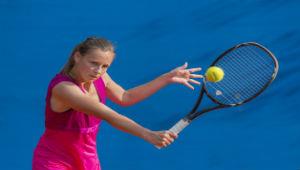
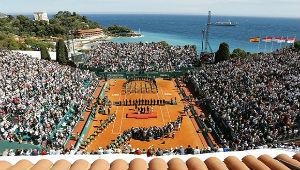
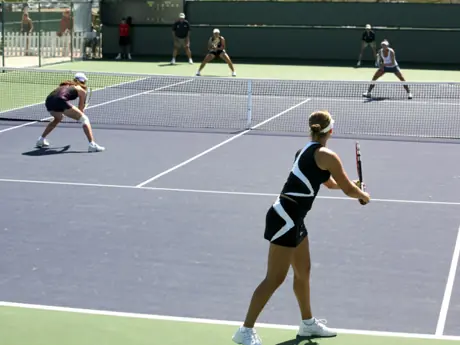
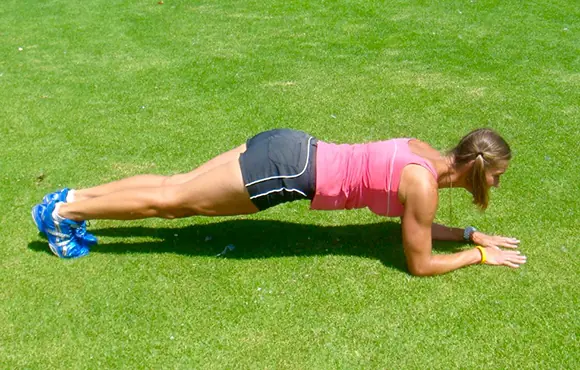
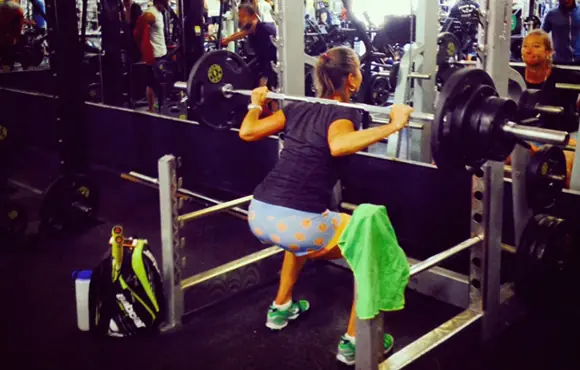

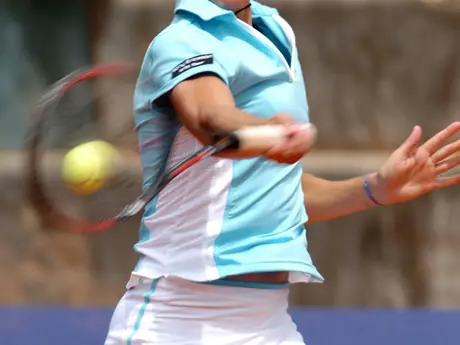
Discuss This Article